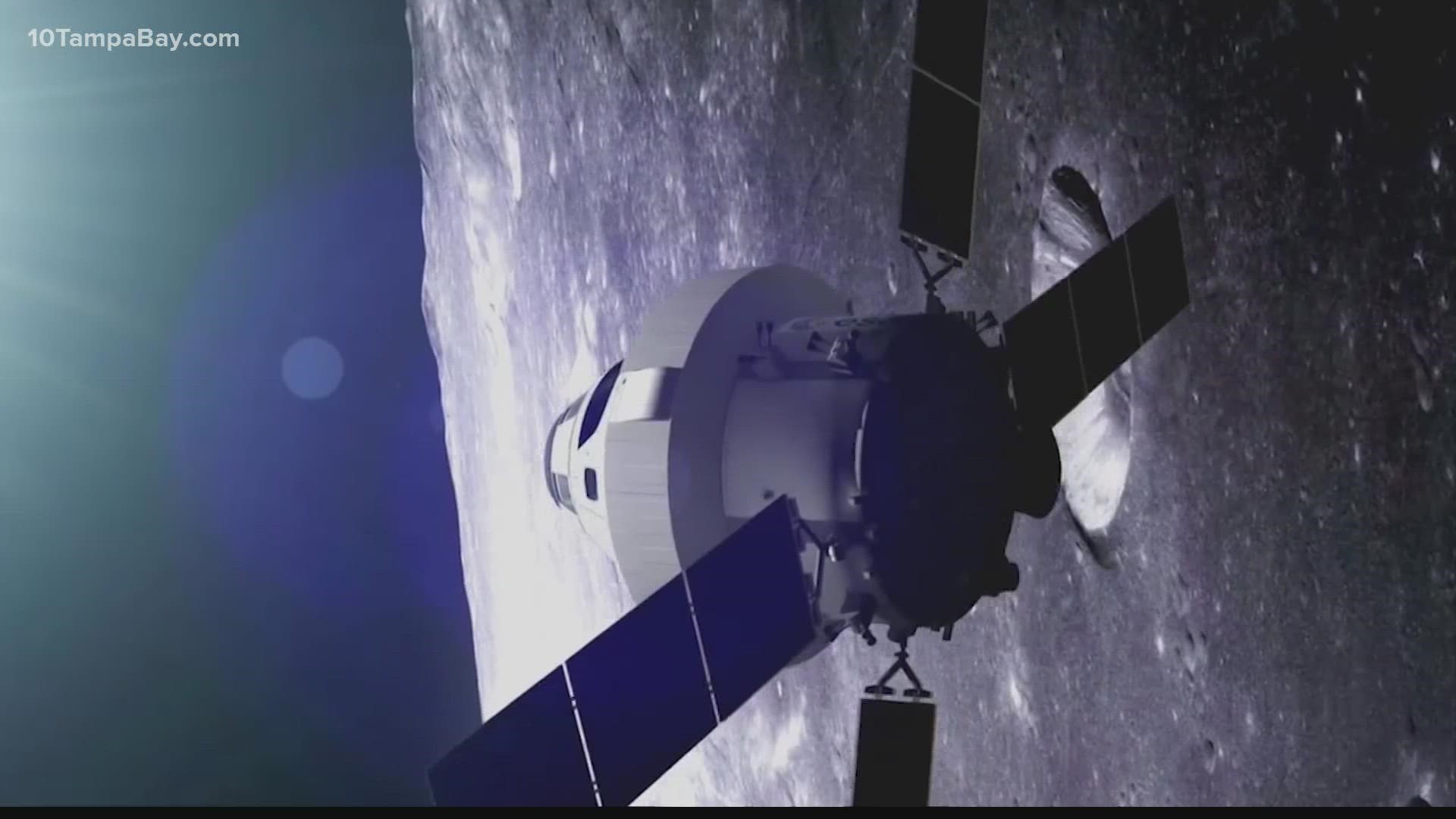CAPE CANAVERAL, Fla. — Editor's Note: The video in the player above is from an interview prior to the launch being delayed.
Engineers and tech teams are still working to evaluate what caused Starliner to unexpectedly show "closed" valve position indications on the spacecraft's propulsion system during its Aug. 3 launch attempt.
Transmitted commands, while inside the Vertical Integration Facility at Space Launch Complex 41, have managed to open seven of the 13 valves initially showing issues, according to NASA.
“Cautiously optimistic is a good way to describe how the team is feeling,” said John Vollmer, Starliner vice president and program manager. “They’re coming forward with innovative ideas and prioritizing the safety of the spacecraft and their teammates.”
NASA reports the valves in question are connected to thrusters that authorize both abort and in-orbit maneuvering.
The small victory allowed teams to collect new data while simultaneously conducting further physical inspections and chemical sampling.
According to Boeing, sampling from the exterior of a number of impacted valves show no signs of damage or corrosion. That means teams working on the issue will rely on additional mechanical, thermal and electrical methods to get the remaining six valves open.
"If all valve functionality can be restored and root cause identified, NASA will work with Boeing to determine a path to flight for the important uncrewed mission to the space station," NASA wrote in a press release.
While an official date has yet to be set, Boeing reports Starliner could possibly return to the pad later this month.
Plus, if they need a hand to reach the goal of launching before the end of the month, Roscosmos said it's willing to help "if necessary."
"We are well aware of the level of development of American engine building, we are well aware of all their developments, therefore, if we apply, we will be ready to help," General Director of the Enterprise Vladimir Koshlakov said.
The current issue Boeing is battling is not the company's first when it comes to Starliner and its launches.
Most recently, the spacecraft had to stand down from its first 2021 launch attempt on July 30 when Russia's new Multipurpose Laboratory Module moved the International Space Station out of orientation the day prior.
RELATED: Starliner launch delayed after 'unplanned firing' of Russian module puts ISS out of orientation
Pushing back the launch was to allow for additional checkouts and evaluations to ensure the ISS was ready for Starliner's arrival.
But we'll need to go back to 2019 to understand the beginning of Boeing's roadblocks when it comes to getting Starliner to the orbiting laboratory.
The company's first uncrewed test flight made headlines after the capsule hit a snag in orbit and was unable to rendezvous with the ISS. According to Boeing, the capsule's insertion into orbit wasn't normal after an onboard thruster firing failed to occur.
The Associated Press reported NASA's seven-month-long investigation into the incident revealed 80 corrections were needed to be made to Starliner's software and testing.
Will the third time be a charm? Well, we will just have to find out.

